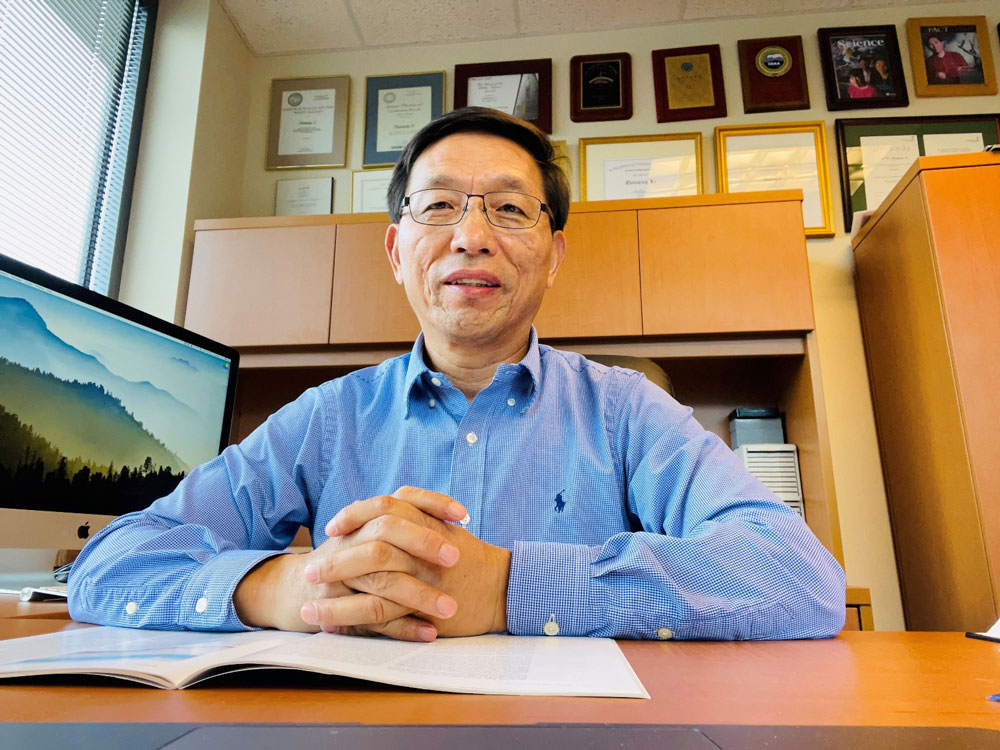Zhanqing Li: Cloud and Aerosols Expert
Published: 19 July 2021
A Maryland scientist studies the impacts of aerosols on clouds, precipitation, and climate

Born in China’s landlocked Henan Province, Zhanqing Li, a professor of atmospheric science at the University of Maryland, College Park, today has an investigator’s eye on the whole of the world, its complex atmosphere, the aerosols that make clouds, and models that make sense of regional climate patterns.
Some of his latest work, in a research project on marine low clouds, pivots on data collected in the stormy Southern Ocean, including those from a field campaign called Measurements of Aerosols, Radiation, and Clouds over the Southern Ocean (MARCUS). The Atmospheric Radiation Measurement (ARM) user facility helped conduct the 2017–2018 MARCUS campaign.
Li says the way low clouds work in the Northern Hemisphere is much better understood than the mechanisms that drive clouds in the remote Southern Ocean.
One milestone of the research-project work so far is a 2020 paper on a newly discovered mechanism of cloud-surface decoupling. Li and his co-authors expanded their focus beyond the Southern Ocean to include cloud formation in other regions. The team looked at the northeast Pacific, using data from the Marine ARM GPCI Investigation of Clouds (MAGIC); and the North Atlantic, using ARM data from the Clouds, Aerosol, and Precipitation in the Marine Boundary Layer (CAP-MBL) campaign.
Li used his first ARM data as a graduate student in the 1990s. Since then, ARM measurements have often underpinned his voluminous trove of peer-reviewed publications, about 350 so far. In 2008, Li led an ARM field campaign to investigate the effects of aerosols on what was then China’s fast-changing atmosphere.
For a broader look at Li, his life, and his research, read this June 2021 profile on the Atmospheric System Research (ASR) website.
Keep up with the Atmospheric Observer
Updates on ARM news, events, and opportunities delivered to your inbox
ARM User Profile
ARM welcomes users from all institutions and nations. A free ARM user account is needed to access ARM data.


















